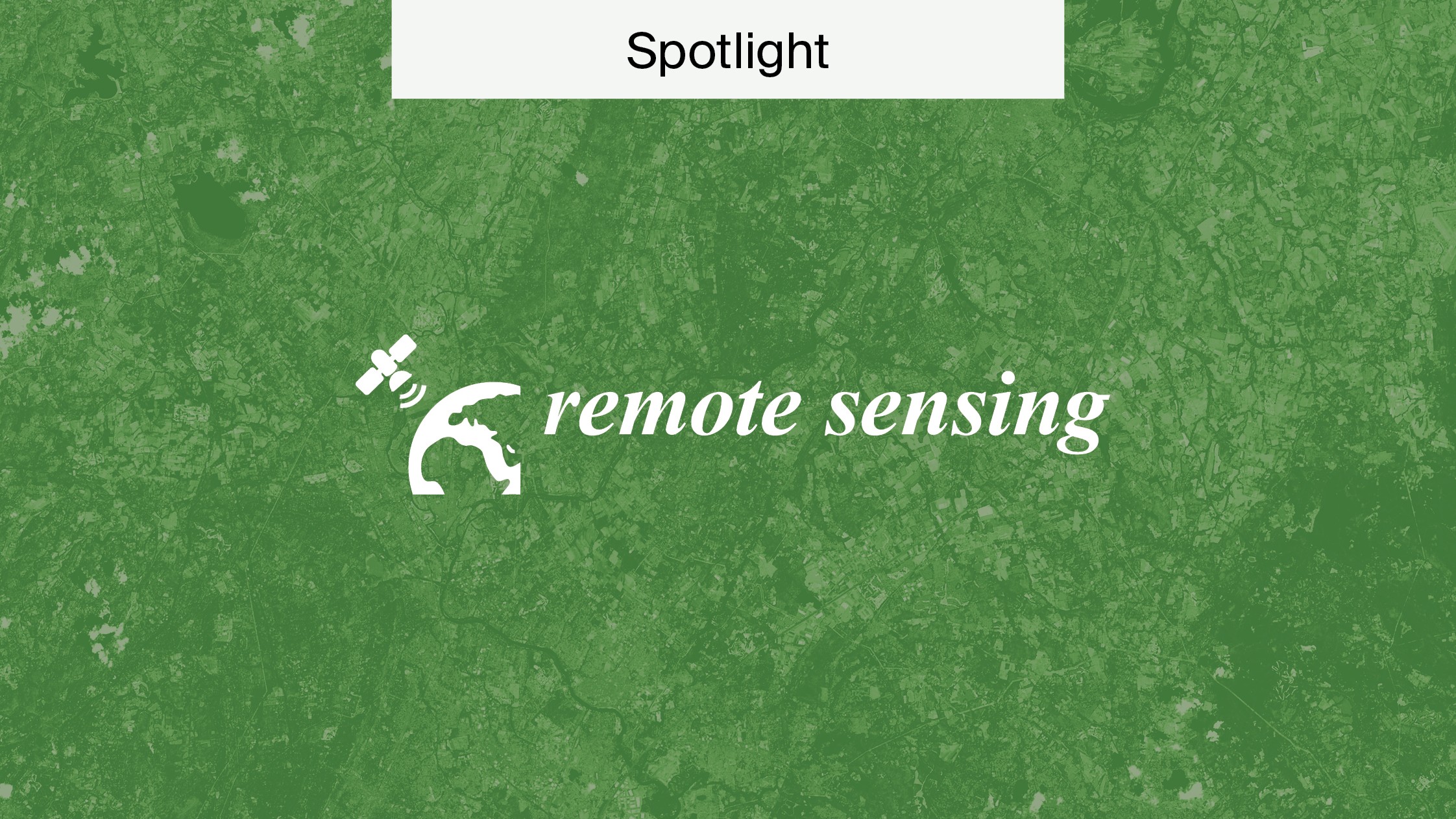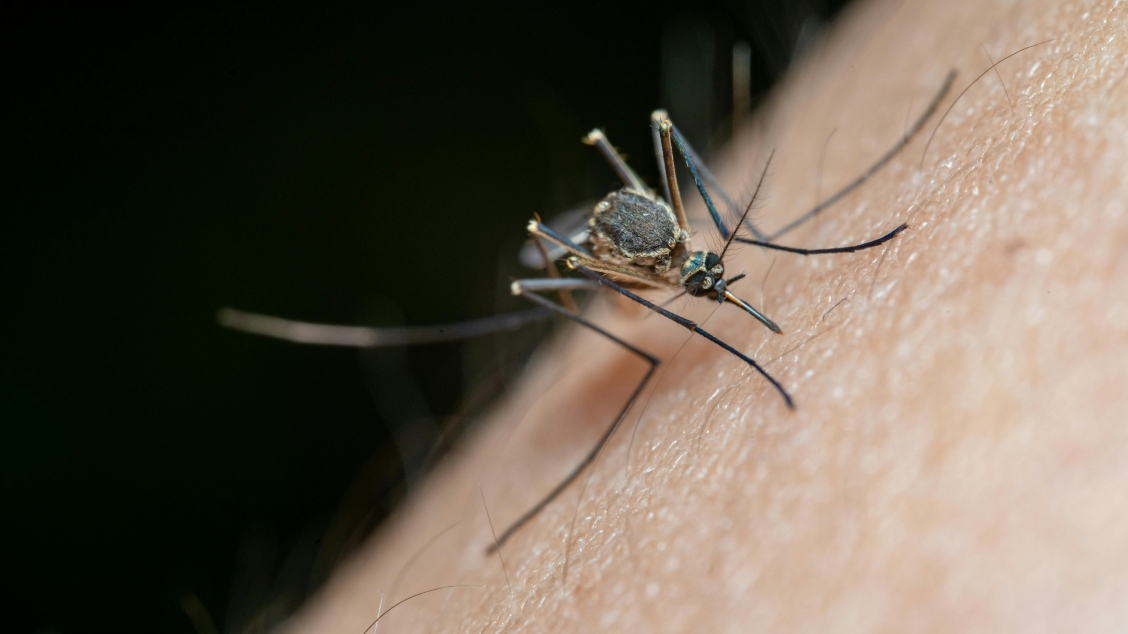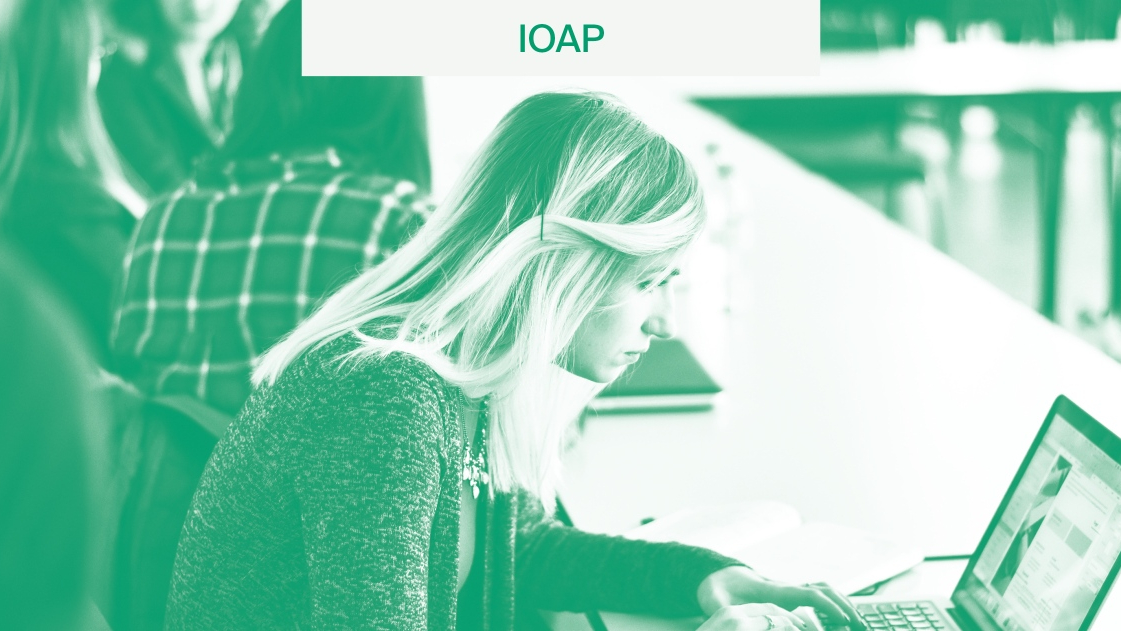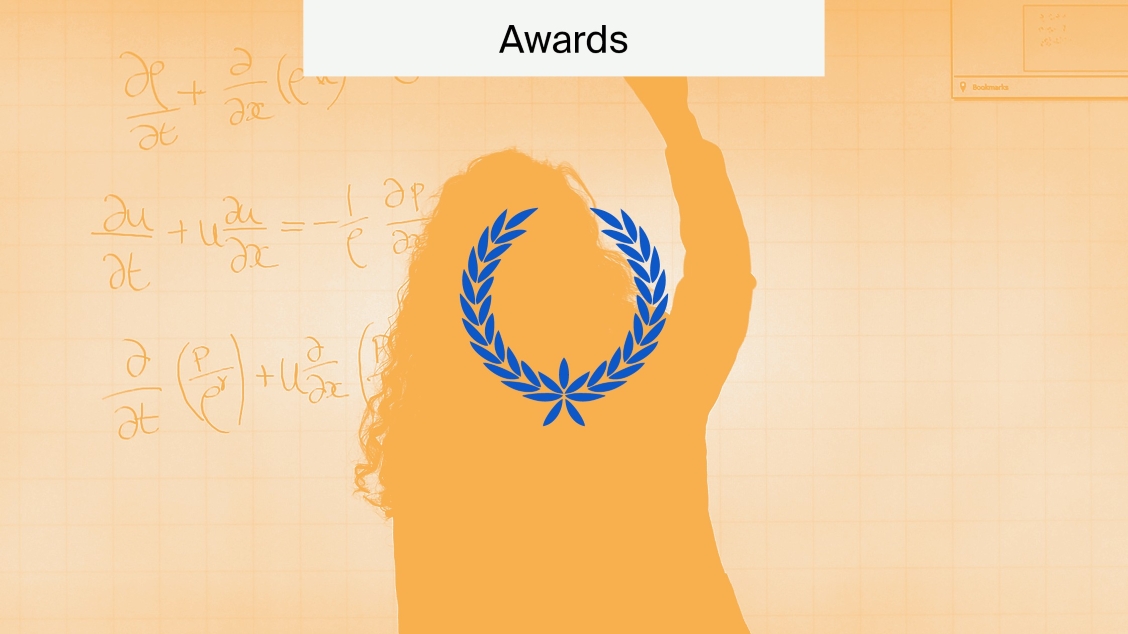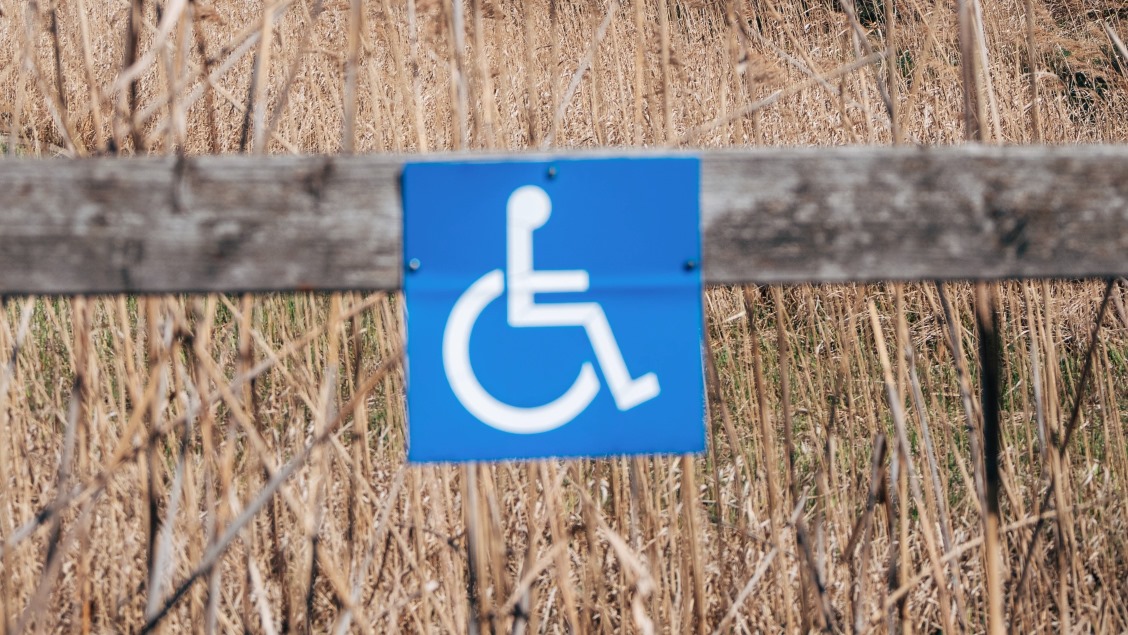
International Day for Persons with Disabilities
International Day for Persons with Disabilities is observed on the 3rd of December every year. First established in 1992, the day promotes the recognition of all disabilities—visible and not—and the necessity for inclusion and accessibility in all aspects of society.
International Day for Persons with Disabilities
The WHO states that approximately 15% of people have a disability worldwide, and in many, if not all, elements of modern-day society, persons with disabilities are disproportionately disadvantaged.
As a recent example, Israel’s Minister of Water and Energy Resources, Karine Elharrar, who has muscular dystrophy, was denied access to the first day of the COPD summit due to the venue being inaccessible to wheelchair users. The UN rectified the problem the following day, yet this reflects that there is still much work to be done in terms of the provision of accessibility for persons with disabilities.
Here, we are only scratching the surface by discussing the struggle faced by this community specifically during the COVID-19 pandemic.
The pandemic amplified inequality
The pandemic has amplified and exacerbated the existence of inequality in society; more specifically, persons with disabilities are among the underrepresented groups that have been the hardest hit by the pandemic.
Aside from the more obvious disadvantages—such as the fact that some people who have physical disabilities (e.g., those with para- or tetraplegia) rely on physical contact for assistance, preventing them from practicing social distancing, and persons with disabilities living in institutions (e.g., care homes) are also more likely to catch the virus, again due to their reliance on others to meet their basic needs, and as a result of these kinds of establishments operating on shift work, increasing the opportunity for spreading—there are myriad factors that may never cross the minds of persons without disabilities.
Dealing with illness
People with disabilities are more likely to experience strong side effects should they catch the virus as a result of being statistically more likely to suffer from underlying health conditions, but also because of the discrimination they are subjected to within the healthcare system. Public health information is not always provided in accessible formats or may not be available at all, e.g., for those in humanitarian contexts or neurodiverse individuals, oftentimes rendering persons with disabilities unable to sufficiently protect themselves from infection.
On the other hand, those with intellectual or developmental disabilities may have difficulty understanding or have no one to explain potentially life-saving guidance. A study conducted during the first wave of the disease outbreak by Public Health England found that the COVID-19 fatality rate was six times higher within this period. School closures have meant that children in abusive environments have been forced to spend more time at home. The United Nations Population Fund states that children with disabilities are at a four-fold greater risk of violence than their non-disabled counterparts, and at a three-fold greater risk of becoming victims of sexual violence, especially amongst girls.
UN Disability Inclusion Strategy
The United Nations Disability Inclusion Strategy, established in June 2019, comprises a policy as well as an accountability framework, with benchmarks at each stage of the process to assess the progress that has been made and to drive the goal of disability inclusion.
The UN states that “The United Nations Disability Inclusion Strategy provides the foundation for sustainable and transformative progress on disability inclusion through all pillars of the work of the United Nations: peace and security, human rights, and development.”
The policy has three main goals, namely, the twin-track approach, intersectionality, and coordination:
- In the twin-track approach, the first track is the UN’s aim to consider persons with disabilities in all its actions; the second is to implement targeted programming.
- Intersectionality here considers how factors such as age, faith, gender, and socioeconomic status are all contributors to each individual’s life experience, so special consideration must be given to how these variables intersect with having a disability.
- The need for coordination for any policy to work in the long term is clear, and this is spotlighted here.
MDPI research on disabilities
In Vulnerability to the COVID-19 Pandemic for People with Disabilities in the U.S. in Disabilities, the correlation between vulnerability to COVID-19 and disability status was explored in the period from May 2020 to February 2021 in the US and called for more research into the negative impacts of the pandemic on PwDs.
A paper in Adolescents, School and Employment-Related Barriers for Youth and Young Adults with and without a Disability during the COVID-19 Pandemic in the Greater Toronto Area, analysed 35 young people divided into those with and without a disability, to compare the impacts that the pandemic had on factors such as transitioning to online education or working from home and career opportunities, finding that persons with disabilities should be entitled to additional and tailored support throughout their school and work careers.
The Behavioural Outcomes of Children with Autism Spectrum Disorder and Other Developmental Disabilities as Perceived by Parents during the COVID-19 Lockdown in Disabilities used parents’ reports of children with autism spectrum disorders and other cognitive disabilities to investigate whether these children experience increased susceptibility to negative outcomes as a result of lockdowns in Ireland. These included emotional symptoms, a reduction in prosocial behaviour and hyperactivity.
International Day for Persons with Disabilities
It is our hope that through the dissemination of open access research, a wider understanding of both physical and cognitive disabilities can be achieved, propelling the enactment of policies to support persons with disabilities worldwide.
MDPI has over 400 journals, so you’re bound to find a home for your research. See our full list of journals if you are interested in submitting.




